Venice today is a pedestrian city. Wherever you want to go, you’ll have to walk, at least part of the way. Most tourists end up walking until their feet are sore.
Ancient Venice — at the time of the Serenissima — wasn’t like that at all. It was more than anything, a boating city. If you needed to go to another part of the city back then, chances are that you had to take a boat to get there.
Modern Venice has more roads and fewer canals than ancient Venice.
Venice of yore simply didn’t have the full road network need to get around. The canal network served that purpose.
What happened?
The ancient Venetians were probably content with using boats to get around. Or rather, the Venetians who could afford boat transportation were content, and they were the ones in charge.
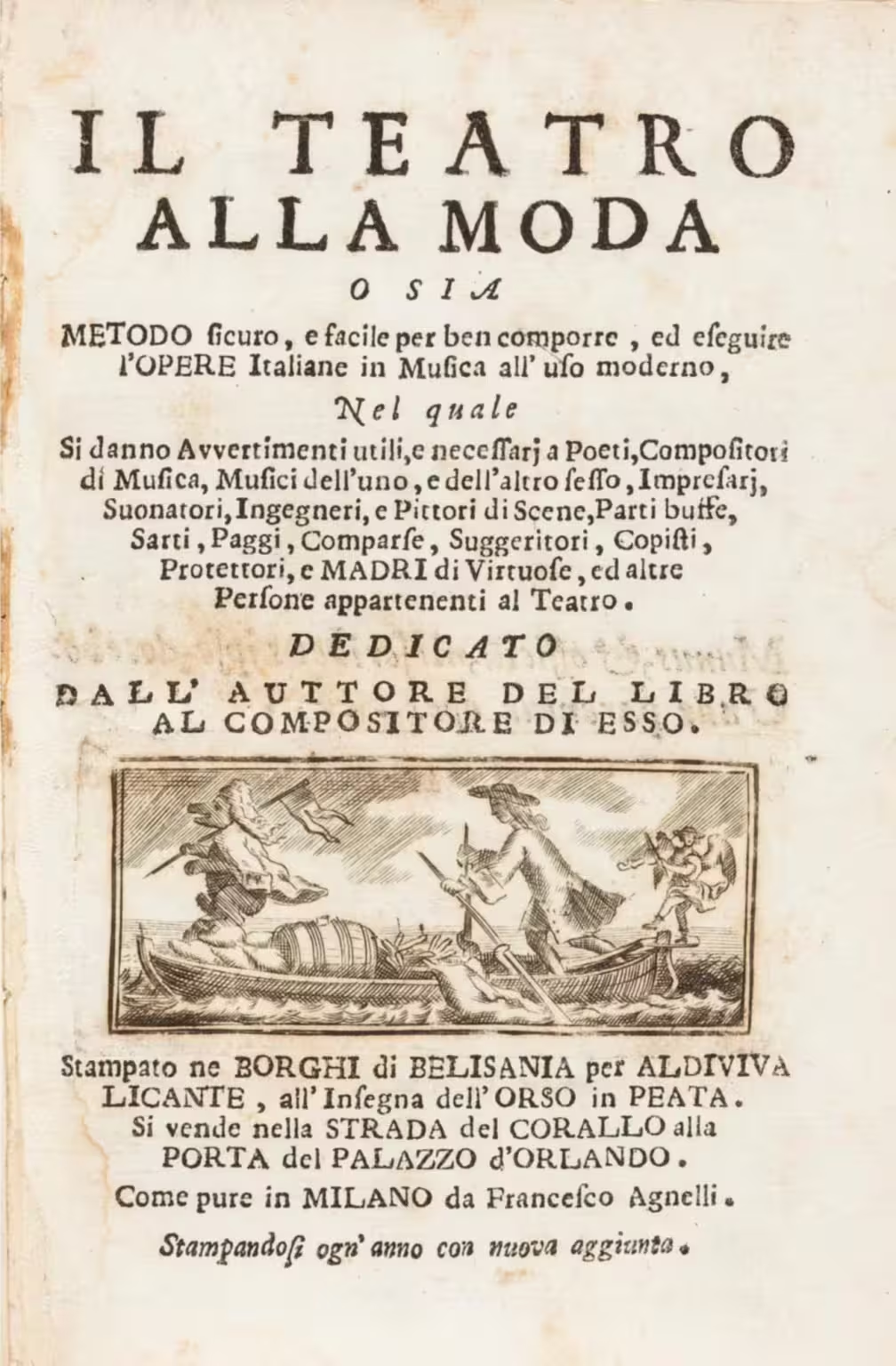
However, after the fall of the Republic of Venice in 1797 they were no longer in charge.
New masters took control of the city. Venice was shuffled back and forth several times between the French and the Austrians in the following almost twenty years, before becoming an Austrian dependency in 1815 after the Congress of Vienna.
The Austrian rule lasted until 1866, when Venice was annexed to the young Kingdom of Italy.
The Austrians controlled Venice for sixty years, and they had very little boating culture. They could immediately take over and run the main fortified cities on the mainland, which were not that different from other cities in the Austrian-Hungarian empire.
Venice and the lagoon area, however, posed some different problems of control. Here the new Austrian masters found that even just to cross the road they had to pay one of their subjects to be ferried across.
Filled-in canals and more bridges
The new Austrian rulers soon embarked on a process of ‘normalisation’ of Venice, changing the city into something more manageable.
However, concepts like ‘normal’ and ‘manageable’ are relative. They depend on who uses them.
For the old Venetian aristocracy the city was always ‘normal’ and ‘manageable’ within their cultural frame of reference.
For the Austrians it was not, so it had to be changed. What they did was to turn canals into roads, widening existing roads by demolishing buildings, and in some cases create new roads where there has been none before.
The Strada Nova from the station to the Rialto is emblematic of this. One the main access roads, it passes over the ex-canals Rio del Isola and Rio di San Leonardo, and areas of demolitions at L’Anconeta, Santa Fosca and San Felice and Santa Sofia.
Consequently, during the period of Austrian rule the number of canals fell and the number of alleyways increased.
Likewise, the Austrian rulers built bridges all over the city.
Venice of the 1700s and earlier didn’t really have a fully connected road network, because people and goods moved by boat. Canals mattered more than alleyways.
If ancient Venice had maybe a hundred bridges, modern Venice has around four hundred.
The result was a city less suitable for moving around in boats, but more suitable for walking.
The city had become more pedestrian.
When the Italians took over Venice in 1866, nothing changed.
Local administration simply continued as before. What changes the Austrians had planned, the Italians finished.
The result – a pedestrian city
If the ancient Venice of the Serenissima had around one hundred bridges, mostly near churches, modern Venice has some four hundred.
The rio terà (filled-in canals) number around fifty, and most of them have been filled-in in the last two centuries.

Some of the changes were more drastic.
The Rio de Casteo, an major canal, was covered up and became a wide road, once even a boulevard with trees. It is now the Via Garibaldi, but in the Austrian period it was the Via Eugenia.
When the Austrians brought the railroad to Venice in the 1830s, they filled-in a couple of canals and demolished many houses to create a ‘presentable’ road from the new station to the Rialto area — part of this is now the Strada Nova.
It is not by chance that these new roads used Italian words: via and strada, rather then the traditional Venetian words like calle, salizada and ruga.
The result is what we see today: a city where almost everybody moves around on foot. A pedestrian city.

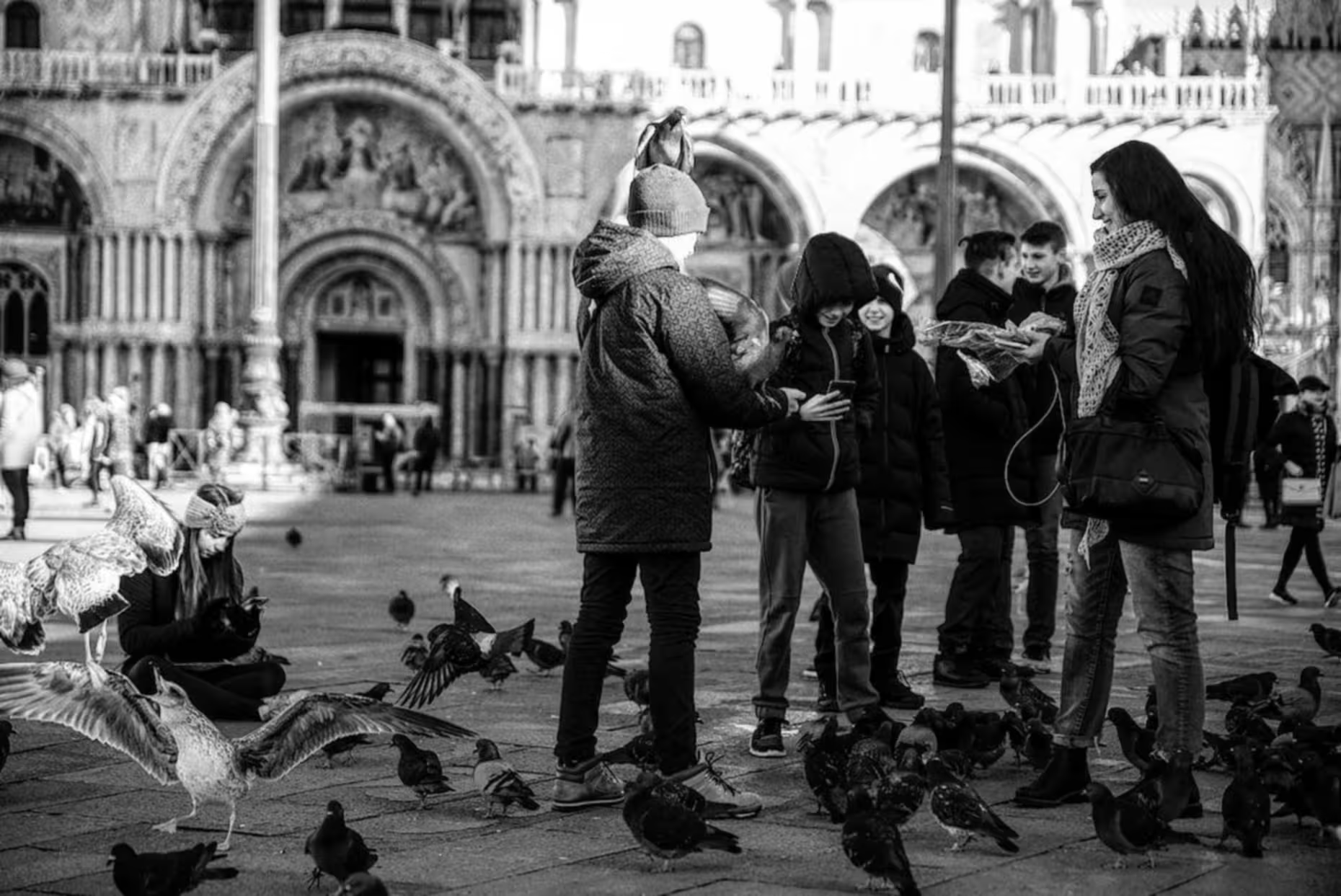
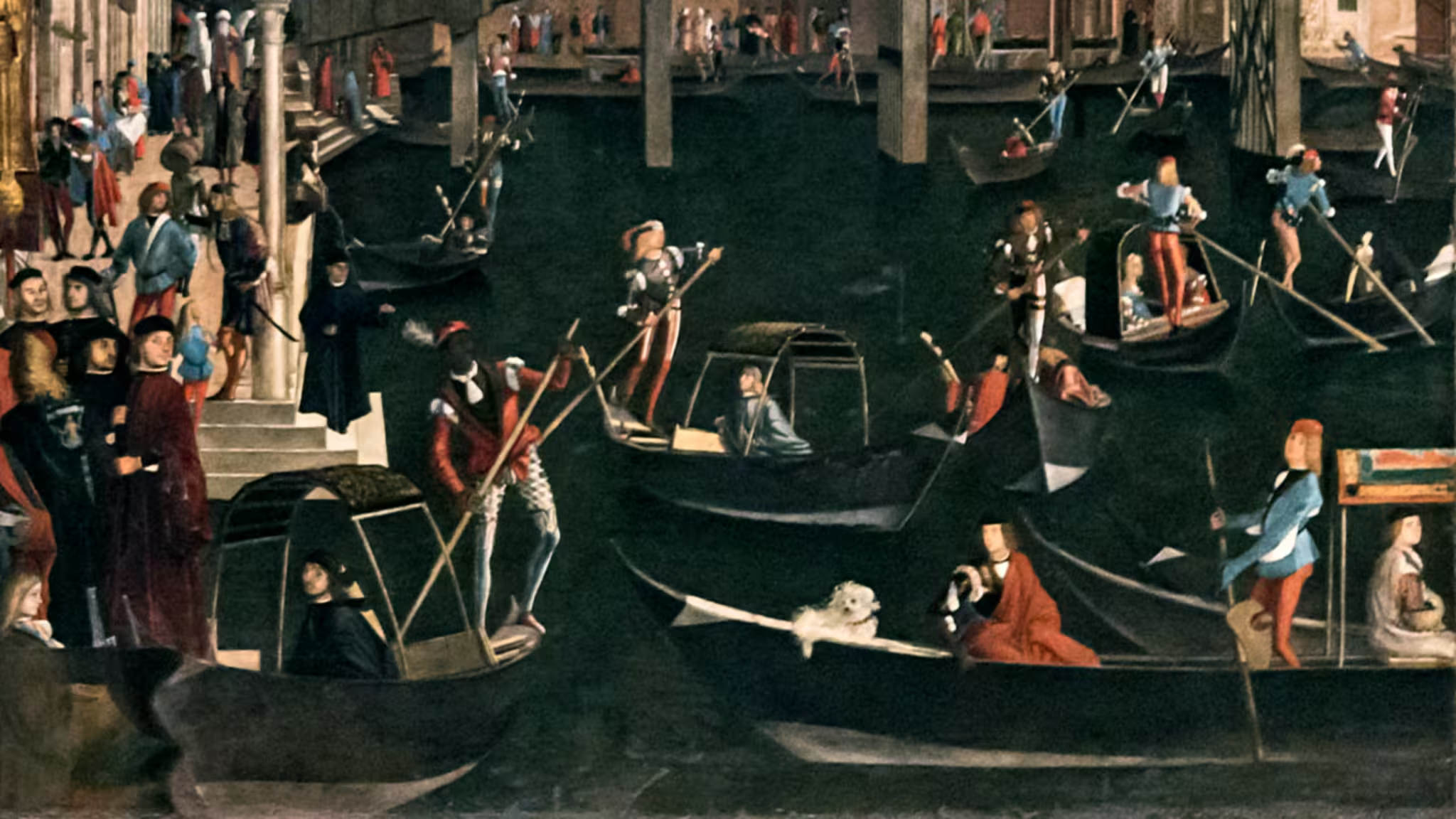
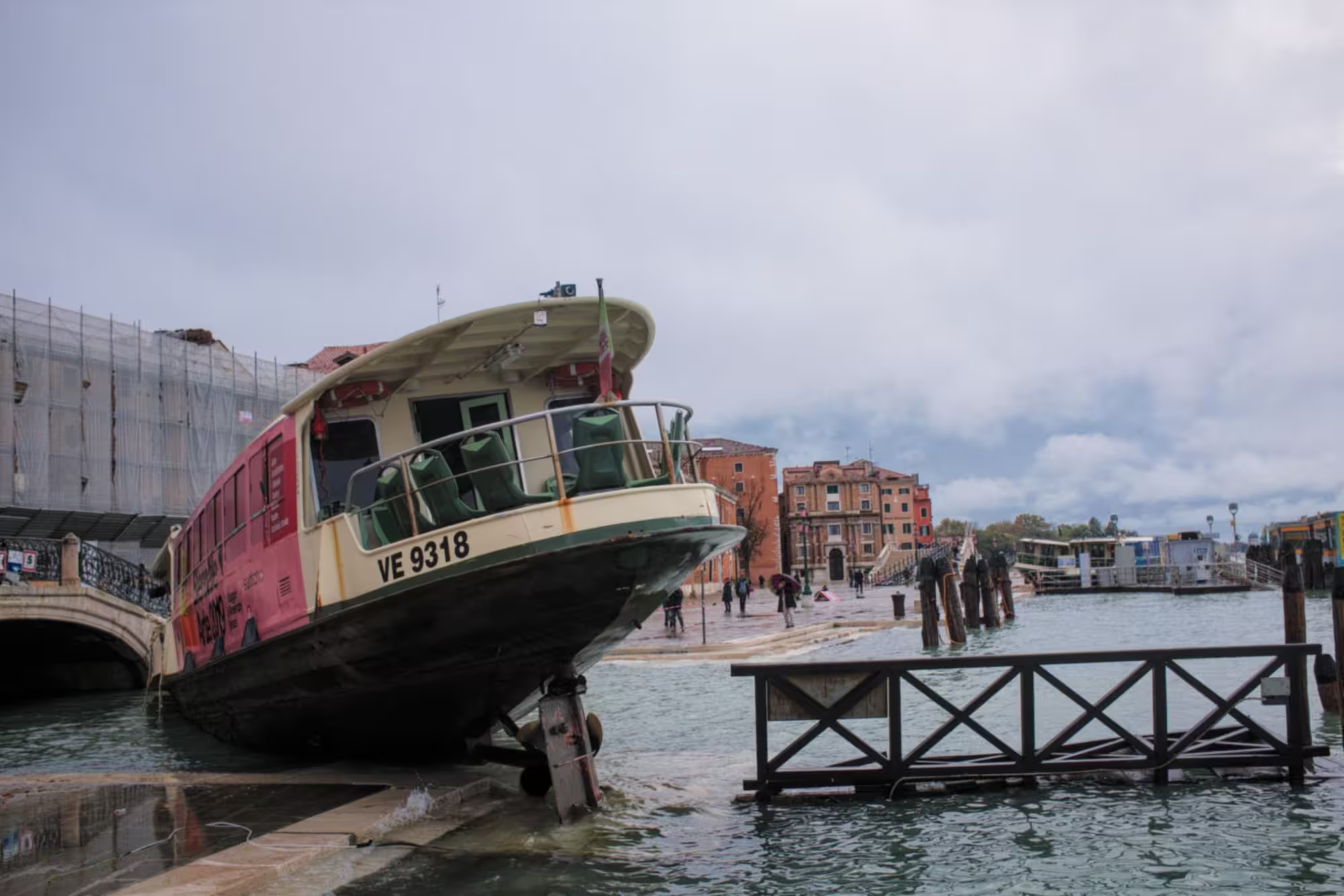
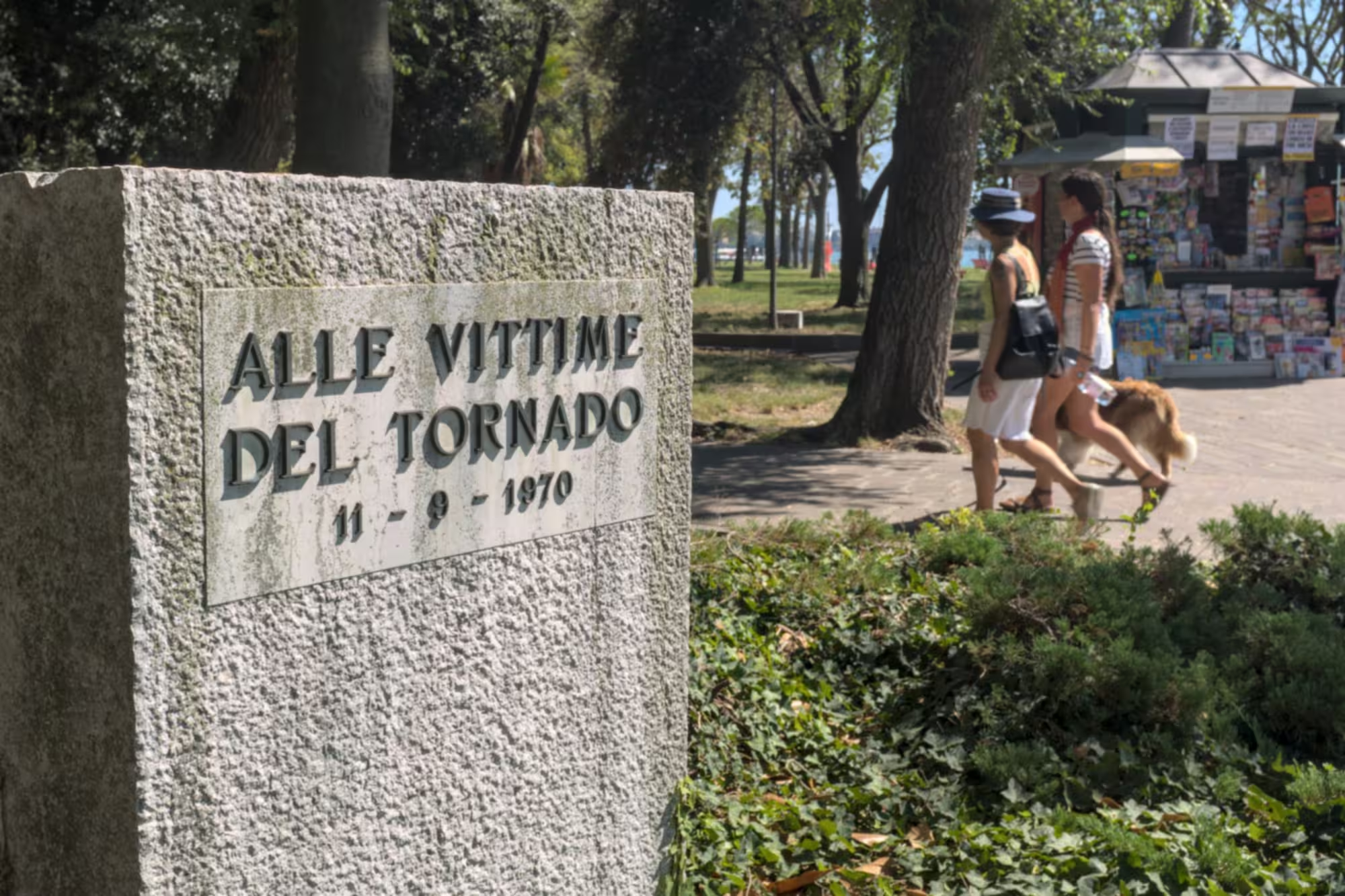
Leave a Reply